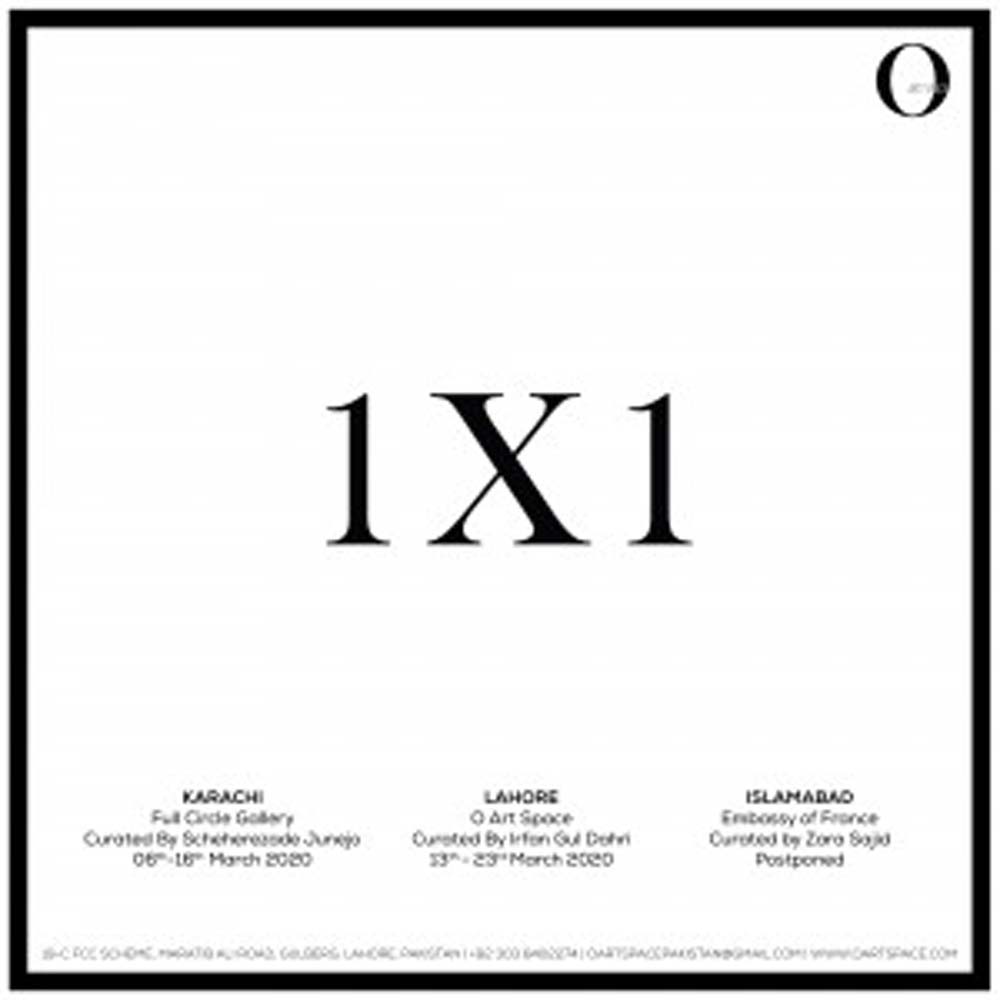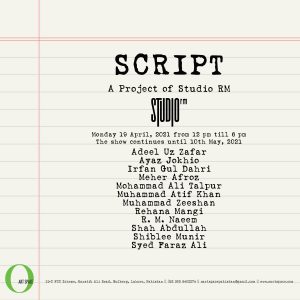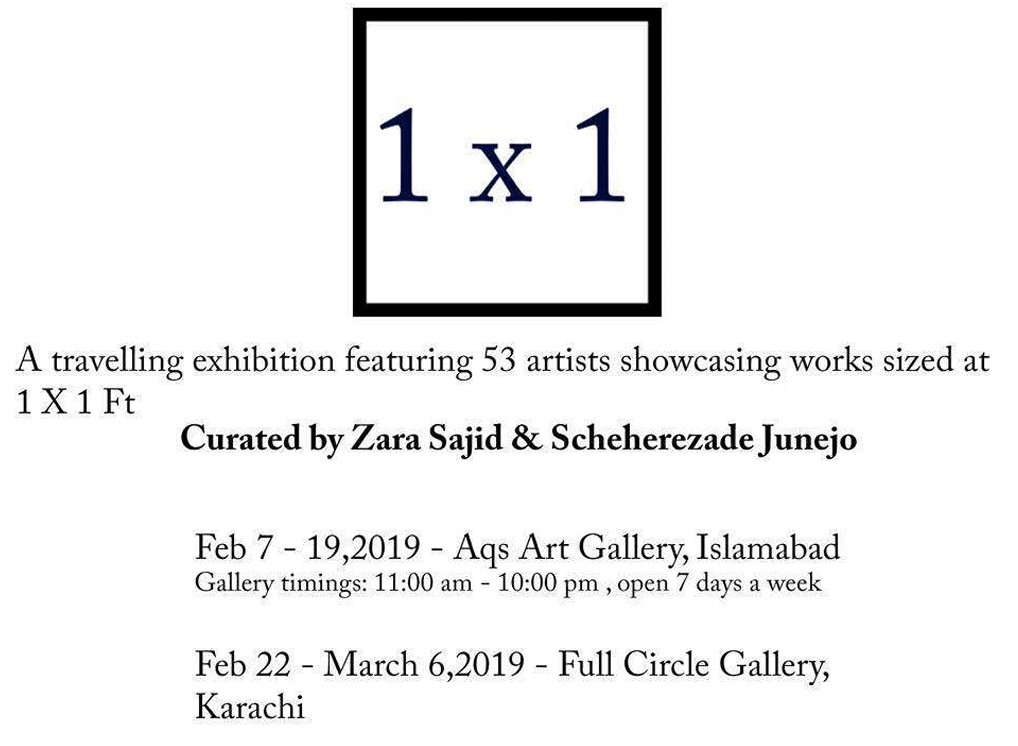Born in Jhang, the capital of the state of Punjab, Pakistan in a family of artists, in which miniature painting has been practiced for centuries. The family legend has it that Muneer’s ancestors fol
Show more
Born in Jhang, the capital of the state of Punjab, Pakistan in a family of artists, in which miniature painting has been practiced for centuries. The family legend has it that Muneer’s ancestors followed the first Mughal Emperor Babur from their native Afghanistan to Persia and then India, as part of his team of painters and calligraphers. Members of this family remained at the Delhi court until the early 19th century, however, with the decline of Mughal power and art patronage, they moved to Patiala transferring the thorough grounding in the Mughal painterly tradition to this Sikh-ruled court. Muneer’s great-great-grandfather, Allah Ditta founded the princely painting workshop at Patiala where the so-called ‘Pahari’ style of miniature painting developed under his guidance. Allah Ditta’s grandson, and Muneer’s grandfather, Haji Mohammad Sharif (1889-1978) was a well-known painter not only on the Indian subcontinent but also internationally, through the UK’s India Society. He was based at Patiala and traveled to other regions on request of his employer, Maharajah Bhupinder Singh (1891-1938). Several years after the death of this passionate patron of the arts, Haji Sharif applied for a teaching appointment at the Mayo School of the Arts (now National College of Arts) in Lahore where the family settled permanently after the partition of India. Heading the Miniature Department at the Mayo School of Arts in 1945-1966, Haji Sharif developed the first curriculum for teaching miniature painting at an academic institution, and he trained the first cohort of miniaturists in independent Pakistan. He is considered the founder of Pakistani miniature painting. The painting tradition in Muneer’s family is passed from generation to generation. Both male and female family members begin learning the philosophy and techniques involved in creating a miniature—from paper production, to the mixing of pigments, to calligraphy, coloring and shading—at home, and later they apprentice with other master painters. Having followed the apprenticeship system in calligraphy and painting since an early age, Muneer also received academic degrees from the Naqsh School of Arts and Beaconhouse National University. In addition to being a practicing artist, Muneer lectures at the Institute of Visual Arts & Design of the Lahore College for Women University (LCWU), curates exhibitions and pursues Ms leading to Ph.D in studio practice at the University of Punjab. Finally, Muneer trains children in miniature painting so that they carry on the ancient family tradition into the future. Muneer considers himself a guardian of miniature painting tradition but he also finds inspiration in post-modernist philosophy and new techniques: computer graphics, digitally-manipulated images, hyper-realistic painting and collage. His experiments with enriching strict canons of miniature painting with contemporary techniques to convey 21st-century messages are so brilliant that they gained him a place on the list of “Asia’s 10 Most-Inspiring Visual Artists” according to the Top 10 of Asia magazine in 2014. By: Elena Grant Art consultant at World Bank
Show less
Artist CV
Show more
Artist CV
Show Less
Shiblee Muneer Participations

1 X 1
O Art Space
Group
• Opening
13.03,2020

Script
O Art Space
Group
• Opening
19.04,2021

1 X 1
Full Circle Gallery
Group
• Opening
12.02,2019